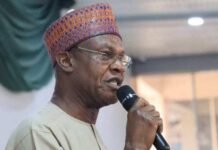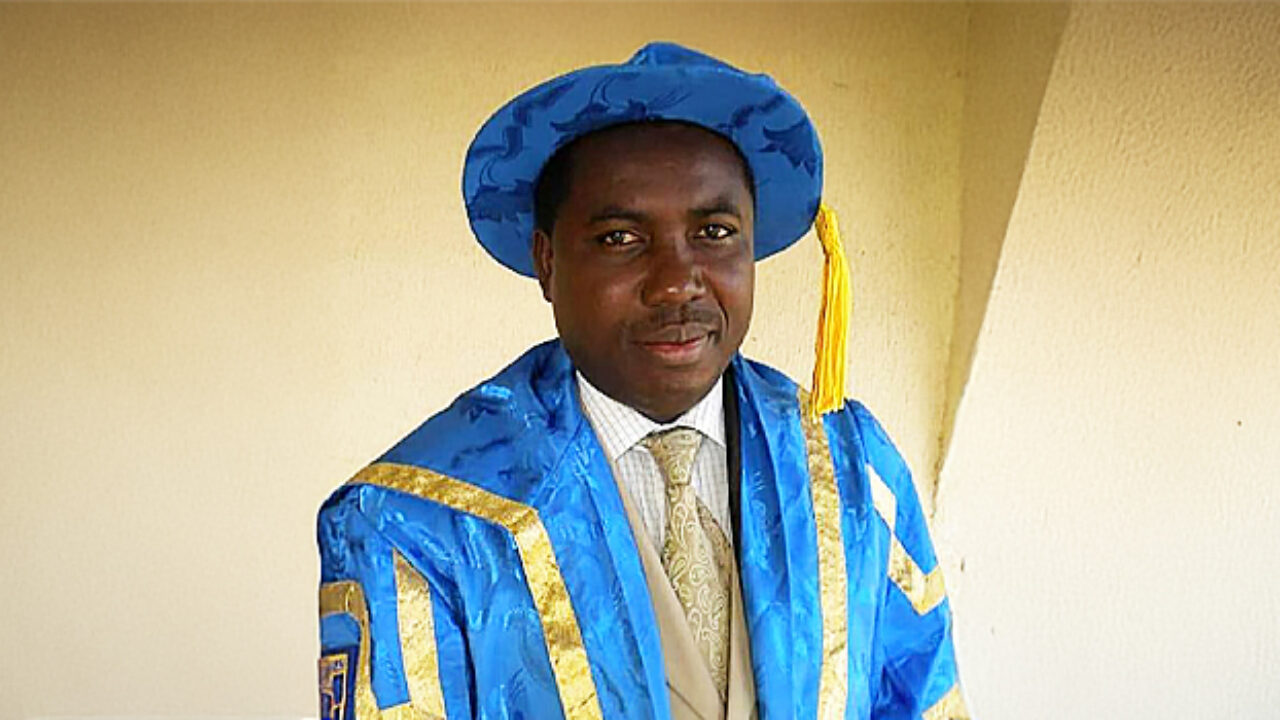The national Bureau of Statistics (NBS) has released its ‘Abridged Labour Force Survey Under COVID-19’ report showing that the number of unemployed Nigerians rose to 21.77 million in Q2 2020 up from 20.93 million in Q3 2018.
The report which is contained in the bureau’s Labour Force Statistics website, entitled ‘Unemployment and Underemployment Report (Q2 2020)’ released in Abuja also revealed that Imo State reported the highest rate of unemployment with 48.7 per cent, followed by Akwa Ibom and Rivers with 45.2 percent and 43.7 per cent respectively.
The NBS noted that the number of unemployed persons represented an increase of 836,969 persons who were without jobs when compared to Q3 2018.
The unemployment rate during the period in reference represented a 27.1 percent rise from the 23.1 percent recorded in the third quarter of 2018.
“A rise in unemployment generally means the number of people searching for jobs has increased, which can occur because people previously outside the labour force have decided to join the labour force and are now in search of jobs.
“Or people previously working have lost their jobs and are now in search of jobs. Often, it is a combination of these two,” the NBS said.
According to the report, the number of people with jobs stood at 58.52 million, while 22.94 million people were engaged in time-related jobs or underemployed, as well as 35.59 million persons who had full-time employment.
The working age population is estimated at 112.39 million with an active labour force of 80.29 million, while 32.10 million people are not currently in the labour force.
It further stated that underemployment rate increased to 28.6 per cent from 20.1 per cent in Q3 2018.
The NBS pointed out that unemployment rate among young people (15-34 years) was 34.9 per cent, up from 29.7 per cent, while the rate of underemployment for the same age group rose to 28.2 per cent from 25.7 per cent in Q3, 2018.
It added that unemployment rate among rural dwellers increased to 28 per cent compared to 23.9 per cent in Q3 2018, while urban dwellers reported a rate of 25.4 per cent up from 21.2 per cent.
Underemployment among rural dwellers further rose to 31.5 per cent from 22.8 per cent, and for urban dwellers, it increased to 23.2 per cent from 13.7 per cent in Q3, 2018.
The agency further said labour force, which is the number of people who are able and willing to work (within the ages of 15-64) increased to about 80.29 million, compared to 90.5 million in Q3, 2018, representing 11.3 per cent decline.
However, those within the age bracket of 25-34 represented the highest number in the labour force accounting for 23.32 million or 29.1 per cent of the work force.
In addition, 32.09 million of the population were said to be out of the labour force currently.
It added that the number of economically active or working age population (15 – 64 years of age) also rose by 1.2 per cent to 116.87 million from 115.5million in Q3, 2018.
The bureau however cautioned that “a rise in the unemployment rate is not entirely equivalent to an increase in job losses”
Rather, it said what causes an expansion in the size of the labour force is the increase in the number of persons within the working age population, who were previously not willing or able to work, but who are now available and actively looking for work.”
States with the lowest unemployment rate included Anambra, Kwara and Sokoto with 13.1 per cent, 13.8 per cent and 13.9 per cent, respectively.
Bauchi recorded the highest rate of underemployment with 43 per cent followed by Yobe and Adamawa, which both recorded 38.4 per cent.
The report moreover estimated that 2.73 million persons or 3.4 per cent of the labour force did not work during the period but had secured jobs to return to after the COVID-19 lockdown.




















































